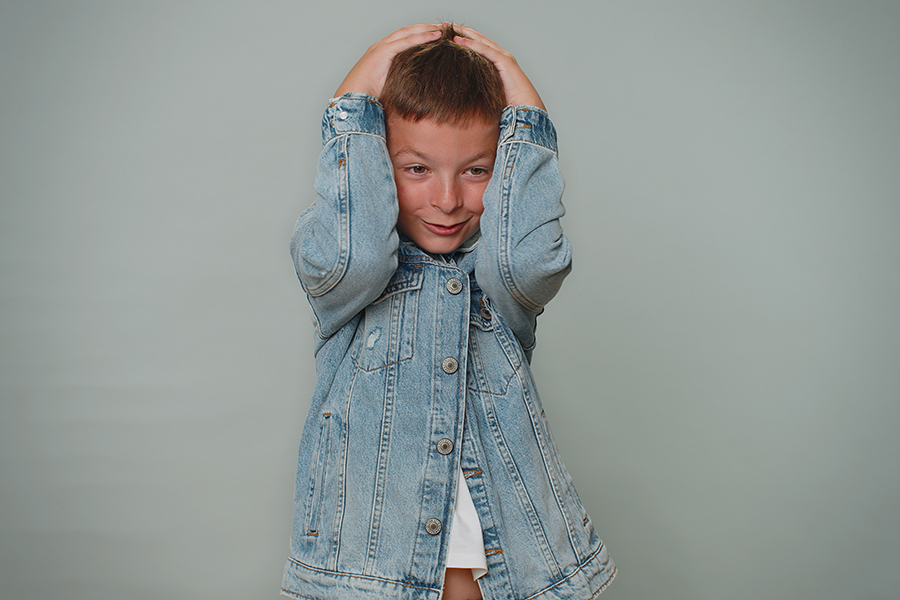By Eleanor McDermid, medwireNews Reporter
The findings of a systematic review and meta-analysis support an association between anxiety and depression symptoms and migraine in children and adolescents.
Serena Orr and colleagues from the University of Calgary in Alberta, Canada, included 80 cross-sectional, case–control or cohort studies in their systematic review, which is published in JAMA Pediatrics.
The only two cohort studies looked at the incidence of migraine in children with internalising symptoms. While both found a positive association, the researchers caution against drawing strong conclusions from just two studies.
Seventy-four studies examined the association between internalising symptoms and the presence of migraine, 51 of which were suitable for inclusion in the meta-analysis. Pooling data from these studies, the researchers found children with migraine were a significant 1.93-fold more likely to have an anxiety disorder than those without and had significantly greater anxiety symptoms, with a “large effect size”.
Likewise, children with migraine were 2.01-fold more likely to have a depressive disorder than those without, and there was a moderate effect of migraine on the severity of depressive symptoms. The findings were similar in studies that pooled internalising symptoms or disorders.
Eighteen studies focused on migraine outcomes in children with internalising symptoms, but Orr and team say that “heterogeneity in their design and measured outcomes precluded both statistical pooling and drawing meaningful conclusions.”
Three of these studies were longitudinal, and in these, children with anxiety, depressive or mixed internalising symptoms had migraines more frequently than those without.
The researchers suggest the associations seen in their meta-analysis are “likely bidirectional and multifactorial”, and stress the “critical implications” of their findings, “underscoring the need to screen all children and adolescents with migraine for anxiety and depression.”
In a linked editorial, Jessica Hauser Chatterjee and Heidi Blume, both from Seattle Children’s Research Institute in Washington, USA, praise the “much needed, high-quality evidence” provided by the study, and agree that it supports screening children with migraine for internalising disorders.
However, they stress that common screening tools may fail to distinguish anxiety and depression symptoms from headache symptoms, making it “crucial” that patients are further assessed to ensure an accurate diagnosis.
The editorialists say that the associations highlighted in the meta-analysis raise “the question of whether treatment of mental health disorders would improve migraine outcomes or vice versa”, adding that “[o]ur clinical experience suggests that this is the case, but data supporting this assumption are lacking.”
They conclude: “Future studies into this topic may lay the groundwork to support the inclusion of mental health professionals, who could directly manage anxiety and depression, within the structure of a headache clinic.”
News stories are provided by medwireNews, which is an independent medical news service provided by Springer Healthcare Ltd. © 2022 Springer Healthcare Ltd, part of the Springer Nature Group
JAMA Pediatr 2022; doi:10.1001/jamapediatrics.2022.3940
JAMA Pediatr 2022; doi:10.1001/jamapediatrics.2022.3948

